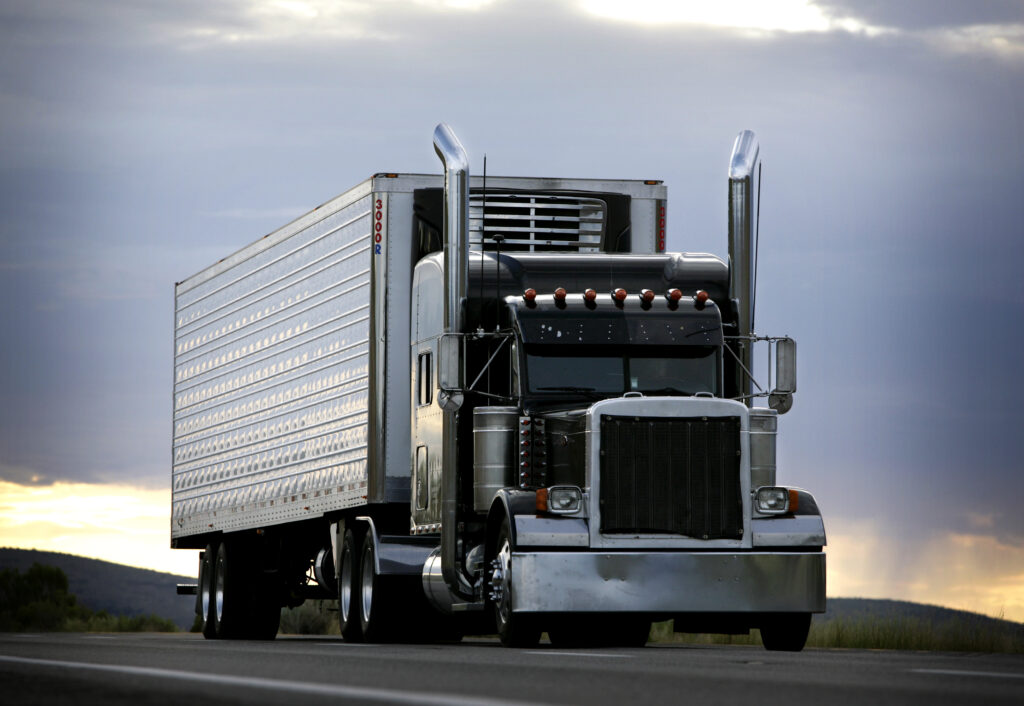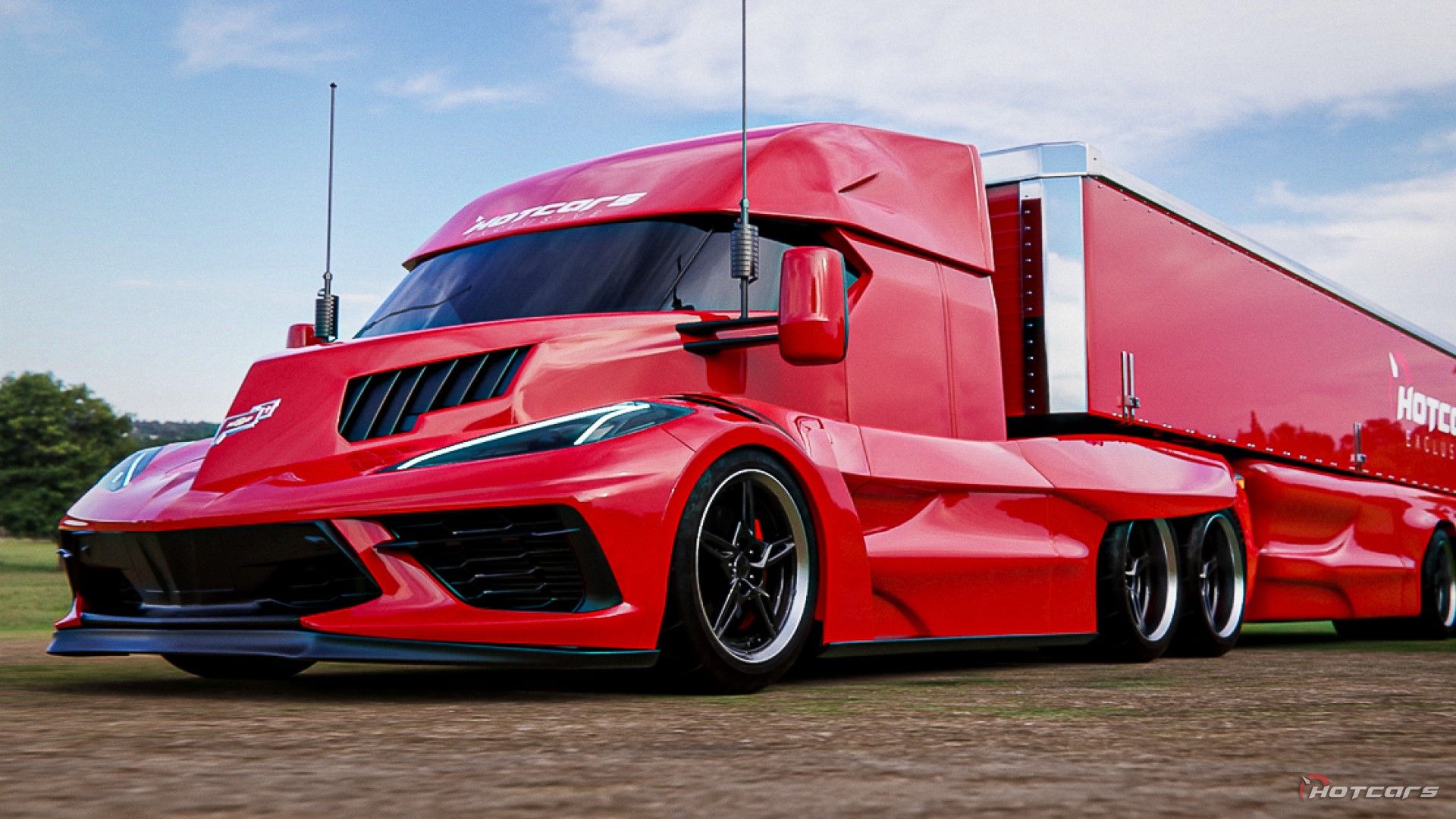Introduction: Bridging the Gap Between Camping and Cabin Life
Imagine waking up to the sounds of birds chirping, surrounded by the tranquility of nature, but with the added comfort of a solid roof over your head and protection from the elements. This is the essence of a Semi-Cabin. A Semi-Cabin isn't a rustic tent nor a fully-fledged, insulated cabin; it occupies a unique middle ground, offering a blend of outdoor immersion and indoor convenience. It's a versatile solution for those who crave adventure but appreciate the security and comfort of a more permanent structure. Whether you're a seasoned camper looking to upgrade your experience, a family seeking a weekend getaway, or an individual yearning for a personal retreat in nature, the Semi-Cabin offers a compelling alternative to traditional camping or full cabin ownership. This article will delve into the world of Semi-Cabins, exploring their benefits, design considerations, practical tips, and potential challenges to help you determine if this unique shelter is right for you.
Semi-Cabin: Your Guide to Blending Outdoor Adventure with Indoor Comfort
Section 1: Understanding the Allure of the Semi-Cabin
The appeal of the Semi-Cabin lies in its ability to strike a balance between two worlds. Here's a breakdown of why it's becoming increasingly popular:
- Enhanced Comfort: Compared to tents, Semi-Cabins offer superior protection from rain, wind, and insects. Features like raised floors, solid walls, and even simple doors provide a more comfortable and secure environment.
- Extended Seasonality: While not as well-insulated as traditional cabins, Semi-Cabins can extend your outdoor season. They provide a warmer shelter in cooler months and offer shade and ventilation during warmer periods.
- Cost-Effectiveness: Building or purchasing a Semi-Cabin is generally more affordable than constructing a full cabin. It represents a significant investment over camping gear but a lesser commitment than a permanent structure.
- Flexibility and Portability (in some cases): Depending on the design, some Semi-Cabins can be disassembled and moved, offering flexibility in terms of location and usage.
- Connection with Nature: Despite the added comfort, Semi-Cabins still provide a strong connection with the natural environment. Open designs and large windows allow you to enjoy the surrounding views and sounds.
- Customization: Semi-Cabins can be customized to suit your specific needs and preferences. You can add features like cooking areas, sleeping platforms, storage spaces, and even off-grid power solutions.

Section 2: Design Considerations: Building or Buying Your Ideal Semi-Cabin
Whether you choose to build your own Semi-Cabin or purchase a pre-fabricated kit, careful planning is essential. Here are some key design considerations:
- Size and Layout: Determine the size of your Semi-Cabin based on your intended use and the number of occupants. Consider the layout carefully, allocating space for sleeping, cooking, storage, and living areas.
- Materials: Choose materials that are durable, weather-resistant, and aesthetically pleasing. Options include wood (pressure-treated lumber, cedar, pine), metal (steel framing, aluminum siding), and canvas (for walls or roofing).
- Foundation: A solid foundation is crucial for stability and longevity. Options include concrete pads, wooden platforms, or even gravel beds.
- Roofing: The roof is your primary defense against the elements. Consider materials like corrugated metal, asphalt shingles, or even canvas depending on your budget and climate.
- Ventilation: Proper ventilation is essential to prevent condensation and maintain air quality. Include windows, vents, and a door that can be opened for airflow.
- Insulation: While not always necessary, adding insulation can significantly improve comfort in colder climates. Consider using fiberglass, foam board, or natural materials like sheep's wool.
- Doors and Windows: Choose doors and windows that are secure, weather-tight, and easy to operate. Consider adding screens to keep out insects.
- Off-Grid Capabilities: If you plan to use your Semi-Cabin in a remote location, consider incorporating off-grid power solutions like solar panels, batteries, and a generator.
- Permitting and Regulations: Before building or installing a Semi-Cabin, check local building codes and regulations. You may need to obtain permits for construction or land use.


Section 3: DIY vs. Pre-Fabricated: Choosing the Right Option for You
The decision to build a Semi-Cabin yourself or purchase a pre-fabricated kit depends on your skills, budget, and time constraints.
- DIY Semi-Cabin:
- Pros: More customization options, potentially lower cost (depending on materials), rewarding sense of accomplishment.
- Cons: Requires significant time and effort, necessitates construction skills, potential for errors and delays.
- Pre-Fabricated Semi-Cabin:
- Pros: Faster and easier assembly, guaranteed quality and design, often includes detailed instructions and support.
- Cons: Less customization options, potentially higher cost, may require professional installation.
Section 4: Essential Tips for Semi-Cabin Living
- Prioritize Comfort: Invest in comfortable bedding, seating, and lighting to create a cozy and inviting space.
- Embrace Minimalism: Space is often limited in a Semi-Cabin, so embrace a minimalist lifestyle. Bring only essential items and prioritize multi-functional furniture.
- Organize and Declutter: Implement storage solutions to keep your Semi-Cabin organized and clutter-free.
- Respect the Environment: Practice Leave No Trace principles to minimize your impact on the surrounding environment.
- Prepare for the Weather: Be prepared for changing weather conditions. Pack appropriate clothing, gear, and supplies.
- Safety First: Install smoke detectors, carbon monoxide detectors, and fire extinguishers to ensure your safety.
- Wildlife Awareness: Be aware of the local wildlife and take precautions to avoid encounters. Store food properly and avoid attracting animals.
Section 5: Potential Challenges and Solutions
- Moisture and Humidity: Condensation can be a problem in Semi-Cabins, especially in humid climates. Ensure adequate ventilation and consider using a dehumidifier.
- Pests and Insects: Insects and rodents can be attracted to Semi-Cabins. Seal any cracks or openings, use insect repellent, and store food properly.
- Weather Damage: Extreme weather can damage Semi-Cabins. Reinforce your structure and take precautions during storms.
- Security: Semi-Cabins can be vulnerable to theft or vandalism. Install a security system or use a lockable door and windows.
- Limited Space: Maximizing space in a Semi-Cabin can be challenging. Use vertical storage, foldaway furniture, and multi-functional items to save space.
- Regulations and Permits: Navigating building codes and regulations can be complex. Consult with local authorities and obtain the necessary permits before starting your project.
Section 6: Semi-Cabin Ideas and Inspiration
- The Writer's Retreat: A small, secluded Semi-Cabin with a desk, comfortable chair, and plenty of natural light.
- The Family Getaway: A larger Semi-Cabin with sleeping platforms, a cooking area, and a picnic table outside.
- The Adventure Basecamp: A durable and weather-resistant Semi-Cabin designed for storing gear and providing shelter after outdoor activities.
- The Off-Grid Oasis: A self-sufficient Semi-Cabin with solar panels, a composting toilet, and a rainwater harvesting system.
- The Glamping Getaway: A beautifully decorated Semi-Cabin with luxurious amenities like a comfortable bed, a cozy fireplace, and a private deck.
Conclusion: Embracing the Semi-Cabin Lifestyle
The Semi-Cabin represents a unique opportunity to connect with nature without sacrificing comfort and security. Whether you're seeking a weekend escape, a personal retreat, or a basecamp for outdoor adventures, the Semi-Cabin offers a versatile and rewarding solution. By carefully considering your needs, planning your design, and addressing potential challenges, you can create a Semi-Cabin that perfectly complements your lifestyle and enhances your connection with the natural world. It's more than just a structure; it's a gateway to a simpler, more fulfilling way of life.
Table Price: Semi-Cabin Options & Estimated Costs
| Type of Semi-Cabin | Size (Approximate) | Materials | Estimated Cost (DIY) | Estimated Cost (Pre-Fab) | Features | Notes |
|---|---|---|---|---|---|---|
| Simple Canvas Tent Cabin | 10x12 ft | Canvas, Wooden Frame | $500 - $1500 | $1500 - $3000 | Basic shelter, easy setup, lightweight | Best for fair weather, limited insulation, requires sturdy frame. |
| Wooden Shed Cabin | 12x16 ft | Wood (Pine, Cedar), Metal Roof | $2000 - $5000 | $5000 - $10000 | Durable, more secure, can be insulated | Requires building skills or professional installation, permits may be required. |
| Metal Frame Cabin | 16x20 ft | Steel Frame, Metal Siding | $3000 - $7000 | $7000 - $12000 | Very durable, fire-resistant, low maintenance | Can be less aesthetically pleasing, may require insulation for comfort. |
| Prefabricated Kit Cabin | 12x14 ft | Various (Wood, Metal) | N/A | $6000 - $15000 | Easy assembly, detailed instructions, guaranteed quality | Less customization options, cost depends on size, features, and materials. |
| Luxury Semi-Cabin | 20x24 ft | Wood, Metal, Insulated Panels | $8000 - $20000 | $15000 - $40000 | Fully insulated, windows, doors, potential for off-grid systems, more durable and comfortable | Approaching the cost of a small cabin, requires significant investment. |
Note: Prices are estimates and can vary widely based on materials, location, and specific features. DIY costs assume you have some tools and experience. Pre-fab costs include materials and potentially basic installation.
Frequently Asked Questions (FAQ)
-
Q: What is the difference between a Semi-Cabin and a tiny house?
- A: A Semi-Cabin is generally less permanent and less insulated than a tiny house. Tiny houses are typically built to residential standards and often include plumbing and electrical systems. Semi-Cabins are more focused on providing basic shelter and comfort.
-
Q: Do I need a permit to build a Semi-Cabin?
- A: It depends on your local building codes and regulations. Contact your local authorities to determine if you need a permit.
-
Q: Can I live in a Semi-Cabin year-round?
- A: It depends on the climate and the level of insulation in your Semi-Cabin. In colder climates, you will need adequate insulation and a reliable heating source.
-
Q: How do I protect my Semi-Cabin from the elements?
- A: Choose durable, weather-resistant materials. Ensure proper drainage around the foundation. Regularly inspect and maintain your Semi-Cabin.
-
Q: How do I keep insects and rodents out of my Semi-Cabin?
- A: Seal any cracks or openings. Use insect repellent. Store food properly in airtight containers. Consider using traps or professional pest control services.
-
Q: What are some good off-grid power options for a Semi-Cabin?
- A: Solar panels, batteries, generators, and wind turbines are all viable options for off-grid power.
-
Q: Where can I find plans for building a Semi-Cabin?
- A: Online resources, books, and magazines offer a variety of Semi-Cabin plans. Search for "DIY cabin plans" or "small cabin plans."
0 comments